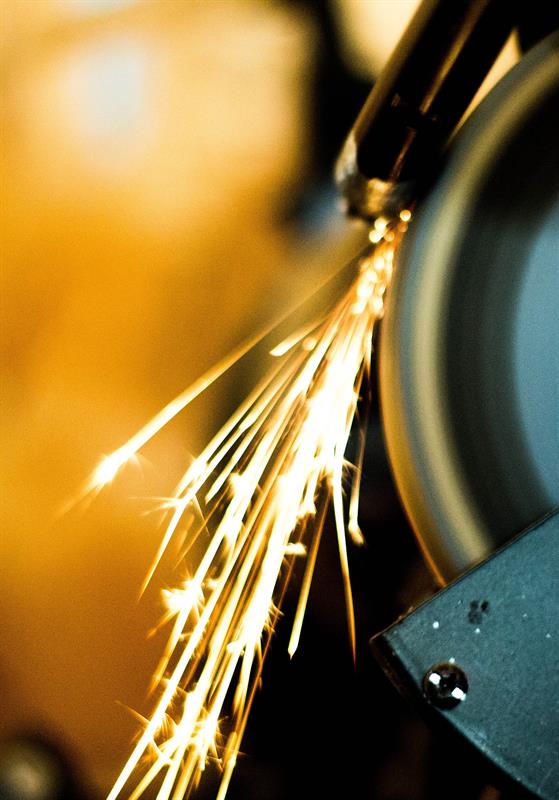Traditionally, materials such as stone, wood and bone were gathered by early human societies for food production and building shelters. Processed in a simple mechanical way, societies at this time didn’t push materials to their limits as much as we do today.
Now, careful consideration of the properties of a material used in an application is at the forefront of the design process for many design engineers. To do this, engineers must have a reliable method or materials comparison tool for measuring the properties of a material such as its processability, characterisation and in-service performance to make sure it is fit for purpose.
Materials under service conditions are required to sustain steady loads for prolonged periods of time and often undergo a time dependent deformation that is referred to as creep. Creep is the natural tendency of a material to gradually move or permanently deform as a result of mechanical stress or strain.
This especially applies to materials that are frequently exposed to elevated or extreme temperatures, subject to the material’s melting point. For example, the materials operating in high-performance systems, such as jet engines, often reach extreme temperatures surpassing 1200 degrees Celsius, making creep a significant issue.
While time-dependent deformation commonly occurs because of high temperatures, it’s also important to note that for materials like polymers, this can also happen at room temperature due to their low melting temperature.
From steam turbines to nuclear power plants, creep is a key factor in design decision making, and rightfully so. In extraordinary circumstances, creep can lead to a building collapsing like the six story Royal Plaza Hotel in Thailand and in mechanical engineering it can be the mission critical factor in materials choice.
Generally, creep deformation occurs by grain boundary sliding, which means the adjacent grains or crystals within a material move as a unit relative to each other. This means that the greater the grain boundary area, the easier it is for creep deformation to occur. Therefore, a larger grain size can improve creep strength, and this depends on the processing of a material.

Beneficial creep
While creep often results in damage or microstructural degradation to a material, for some materials, like concrete, moderate creep is welcomed. This is because it relieves tensile stress that could otherwise lead to cracking.
To plot how much stress and strain a material can withstand against temperature or other loading variables, design engineers can conduct tests with a creep-testing machine. The device generates a curve graph that can then be assessed to pinpoint the temperature and time interval for the various stages of creep.
There are three main stages of creep, the first being primary creep. This is when creep rises rapidly over a brief period and then slowly decreases. This is then followed by secondary creep, which creeps at a relatively steady rate and then finally tertiary creep. This is when the rate is accelerated until the material breaks.
As the demand for high performance materials increases across the globe, particularly in Japan and North America, at Matmatch we are seeing more creep-free materials that feature performance enhancing additives enter the market. These materials are becoming particularly popular in the defence, aerospace and nuclear sectors.
These materials are predominantly made of carbon-carbon (C/C) composites and are suitable for applications exposed to heat up to 1600 degrees Celsius like turbine blades and jet engines.
From the ice age to the modern age, materials selection has always been important, the main difference is that today we have a greater understanding of safety and mechanical stress. With this knowledge, design engineers can mitigate the chances of any problems occurring and extend the service life of their application, by understanding the properties of any materials sourced.
Design engineers can use Matmatch’s free online database to view the chemical and physical properties of materials and compare different creep resistant materials, to source the right material for their application. The database features several materials that are ideal for high temperature applications, with new suppliers and materials added regularly.











